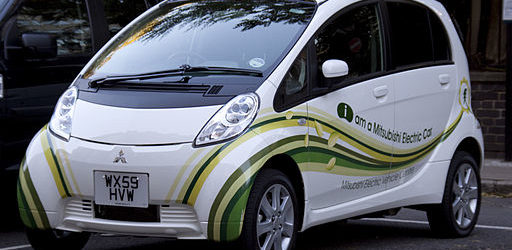 When scientists discovered the use of tiny micro-channels to boil fluids, they also discovered various models and formulas for cooling high-power electronic gadgets. The gadgets in question include hybrid and electronic cars, computers, aircraft, and other electronics. Researchers have found that if a liquid can be heated in cooling system, it is possible to analyze the amount of heat that can be taken away, compared to merely bringing a liquid to boiling point. Boiling liquid in tiny channels differs from boiling in large cooling systems. When boiling liquid in tiny channels, spherical bubbles are not formed. Instead, long, continuous, oblong vapor slugs are created in the form of liquid.
When scientists discovered the use of tiny micro-channels to boil fluids, they also discovered various models and formulas for cooling high-power electronic gadgets. The gadgets in question include hybrid and electronic cars, computers, aircraft, and other electronics. Researchers have found that if a liquid can be heated in cooling system, it is possible to analyze the amount of heat that can be taken away, compared to merely bringing a liquid to boiling point. Boiling liquid in tiny channels differs from boiling in large cooling systems. When boiling liquid in tiny channels, spherical bubbles are not formed. Instead, long, continuous, oblong vapor slugs are created in the form of liquid.
Cooling Hybrid and Electric Cars
Hybrid and electric cars require an innovative and effective cooling system to prevent overheating of gadgets such as high-power switching and bipolar transistors that are fitted in such vehicles. Chips are needed when a vehicle is accelerated from zero to 60 miles per hour within ten seconds or less. The chips play the role of switching large power amounts from the battery to the electric coils, driving electric motors, among other functions. Similar gadgets are needed for regenerative braking. Currently, electric motors serve as generators for producing power for battery recharging, braking vehicles, and converting electric current for running vehicle accessories. The gadgets also transform alternating to direct current when charging the battery from the plug-in. It is evident that such high-power electronics produce heat that is four times the amount needed to heat the common computer chip.
Use of Dielectric Liquid
The use of dielectric liquid serves as an effective means of cooling electric and hybrid vehicles. A dielectric fluid does not conduct electricity; hence, it can be directly used in circuits without resulting in electric shorts. Special chips are used in such a fluid. The chips in question measure approximately half an inch each and have 25 temperature sensors fitted on them. There is a small heater under each of the sensors. This is important to allow for adjusting of the heat amount applied to specific chip locations and simulate what goes on in the actual chip. It is generally believed that extra heating leads to lowered electronic chip performance or circuitry damage. For dielectric-liquid systems to be designed properly, it is essential to have the ability to predict the rate of heat transfer and the cooling amount that will be achieved. Generally, such cooling systems will also be used for cooling electronic control in military systems, aircraft, and other applications.
